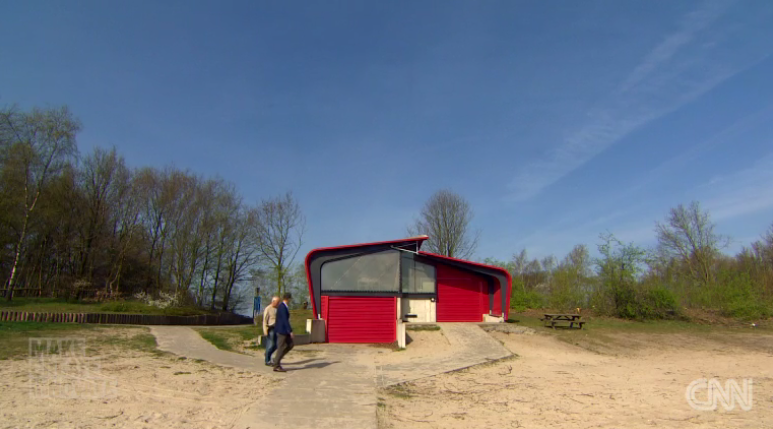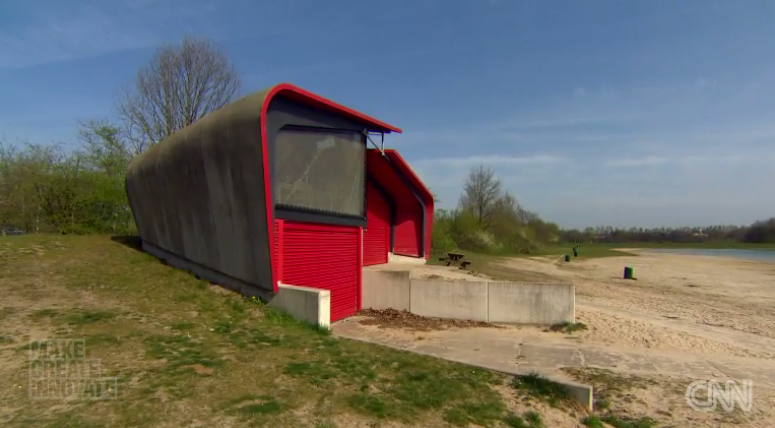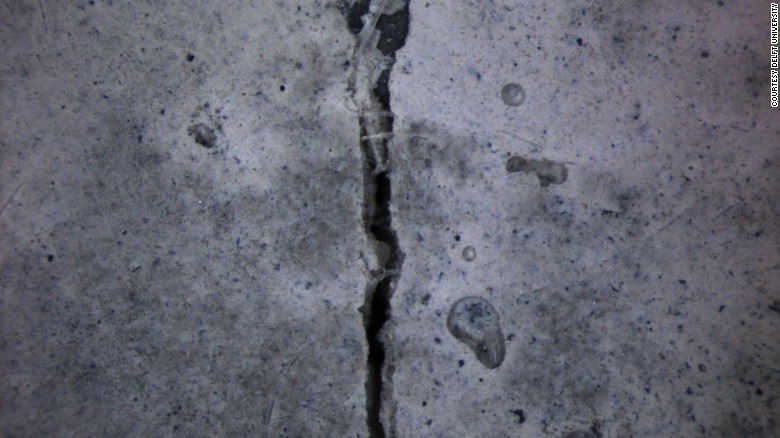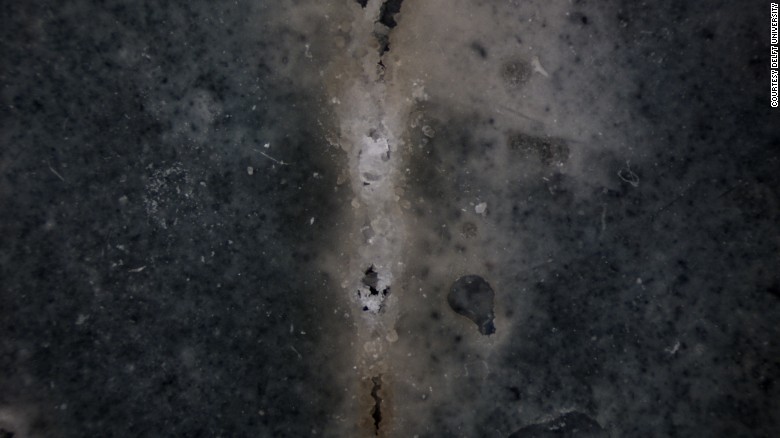Australia’s most popular building material could become more durable following news from the Netherlands that the first building made using self-healing concrete is now complete.
The building is constructed using ‘biocement’, which uses chemical change process of bacteria and calcium lactate to heal cracks in concrete when they form. The technology was first created in 2012 by Dutch scientists, Eric Schlangen and Henk Jonkers, and has now been used to construct ‘Lifeguard Station’ on a lake in the Netherlands.
The concrete itself is made from traditional aggregate and cement mixed with biodegradable plastic capsules made from bacteria and calcium lactate. When a crack in the set concrete forms and moisture seeps in, the bacteria then germinate and feed on the calcium to produce a hard substance called calcite (limestone) which fills the crack.


The scientists have monitored how the cracks in the façade have formed at the Lifeguard Station and then healed themselves. In an interview with CNN, Jonkers says he now hopes his concrete could be the start of a new age of biological buildings.
"It is combining nature with construction materials," he says. "Nature is supplying us a lot of functionality for free -- in this case, limestone-producing bacteria.
“If we can implement it in materials, we can really benefit from it, so I think it's a really nice example of tying nature and the built environments together in one new concept."
Images below show newly cracked concrete, the crack after 28 days and the crack after 56 days



Images: CNN

